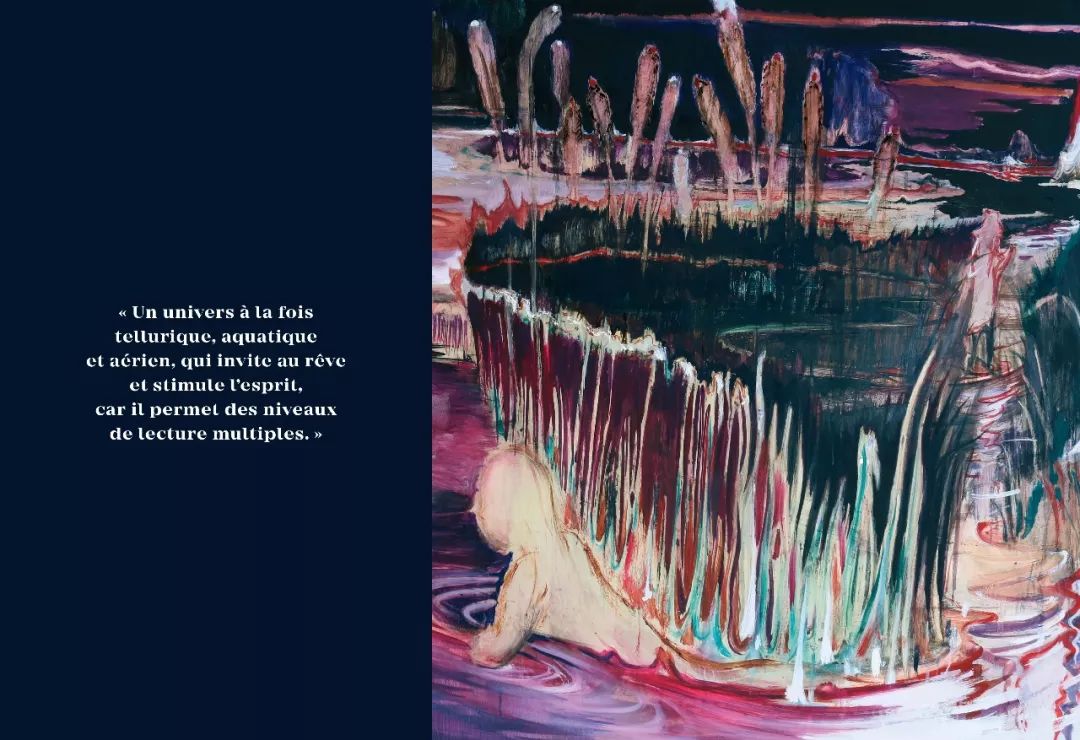Exploring the Artistic Legacy of Peter Hujar and David Wojnarowicz: A Deep Dive into Their Impact on Contemporary Art
Guide or Summary:Peter Hujar was an influential photographer known for his striking black-and-white portraits that captured the essence of his subjects with……
Guide or Summary:
- Peter Hujar was an influential photographer known for his striking black-and-white portraits that captured the essence of his subjects with remarkable intimacy. Born in 1934 in New Jersey, Hujar moved to New York City, where he became part of the vibrant art scene of the 1970s and 1980s. His work often featured members of the LGBTQ+ community, artists, and friends, reflecting the raw and unfiltered reality of life in a city teeming with creativity and turmoil.
- David Wojnarowicz, born in 1954, was a multidisciplinary artist whose work spanned various mediums, including painting, photography, and writing. Wojnarowicz’s art was deeply rooted in his personal experiences and the socio-political climate of his time. He was an outspoken advocate for LGBTQ+ rights and used his art as a platform to address issues such as AIDS, censorship, and the marginalization of queer identities.
#### Introduction
In the realm of contemporary art, few names resonate as powerfully as Peter Hujar and David Wojnarowicz. Both artists not only left an indelible mark on the art world but also played pivotal roles in addressing critical social issues through their work. This article delves into their artistic legacies, exploring how their lives and creations intersected, and the profound impact they had on the cultural landscape of their time.
#### The Life and Work of Peter Hujar

Peter Hujar was an influential photographer known for his striking black-and-white portraits that captured the essence of his subjects with remarkable intimacy. Born in 1934 in New Jersey, Hujar moved to New York City, where he became part of the vibrant art scene of the 1970s and 1980s. His work often featured members of the LGBTQ+ community, artists, and friends, reflecting the raw and unfiltered reality of life in a city teeming with creativity and turmoil.
Hujar’s photography is characterized by its emotional depth and technical precision. His most notable works include portraits of figures like David Wojnarowicz, whom he photographed extensively. These images not only document the lives of their subjects but also serve as powerful commentaries on the struggles they faced, particularly in the context of the AIDS crisis that devastated the community during that era.
#### David Wojnarowicz: A Voice for the Voiceless
David Wojnarowicz, born in 1954, was a multidisciplinary artist whose work spanned various mediums, including painting, photography, and writing. Wojnarowicz’s art was deeply rooted in his personal experiences and the socio-political climate of his time. He was an outspoken advocate for LGBTQ+ rights and used his art as a platform to address issues such as AIDS, censorship, and the marginalization of queer identities.
Wojnarowicz’s pieces often incorporated elements of his own life, including his experiences with love, loss, and activism. His work is marked by a sense of urgency and a desire to provoke thought and conversation. One of his most famous works, "A Fire in My Belly," is a poignant exploration of grief and rage in the face of the AIDS epidemic, showcasing his ability to blend personal narrative with broader societal commentary.

#### The Intersection of Their Lives and Art
The relationship between Peter Hujar and David Wojnarowicz was not just one of friendship but also a profound artistic collaboration. Hujar’s photography captured Wojnarowicz at various stages of his life, immortalizing the artist in moments of vulnerability and strength. Their bond was emblematic of the close-knit community of artists in New York City during a time of immense change and challenge.
Hujar’s influence on Wojnarowicz’s work is evident in the way both artists approached themes of identity, mortality, and the human experience. They shared a commitment to authenticity and a desire to challenge societal norms through their art. As Wojnarowicz once stated, “I want to be able to take the things that are important to me and make them visible.” This sentiment resonates deeply in both artists’ bodies of work.

#### Conclusion
The legacies of Peter Hujar and David Wojnarowicz continue to inspire new generations of artists and activists. Their commitment to truth-telling and their ability to confront difficult subjects through their art remain relevant today. As we reflect on their contributions, it’s essential to recognize how their lives and works serve as powerful reminders of the importance of representation, empathy, and the transformative power of art in the face of adversity. Through their lenses, we gain insight into the complexities of humanity, urging us to continue the conversation and advocate for change in our own time.